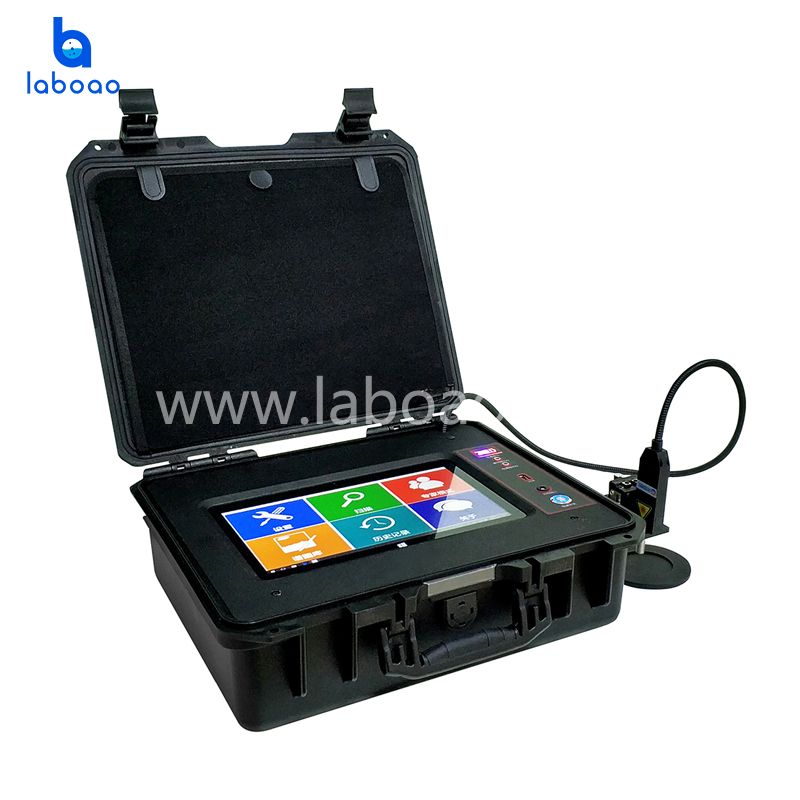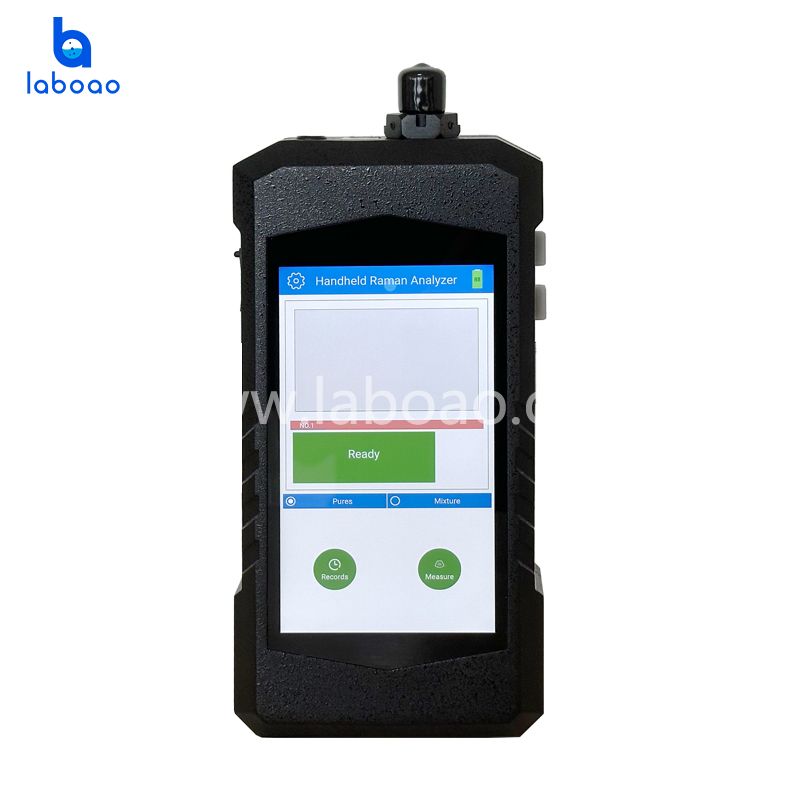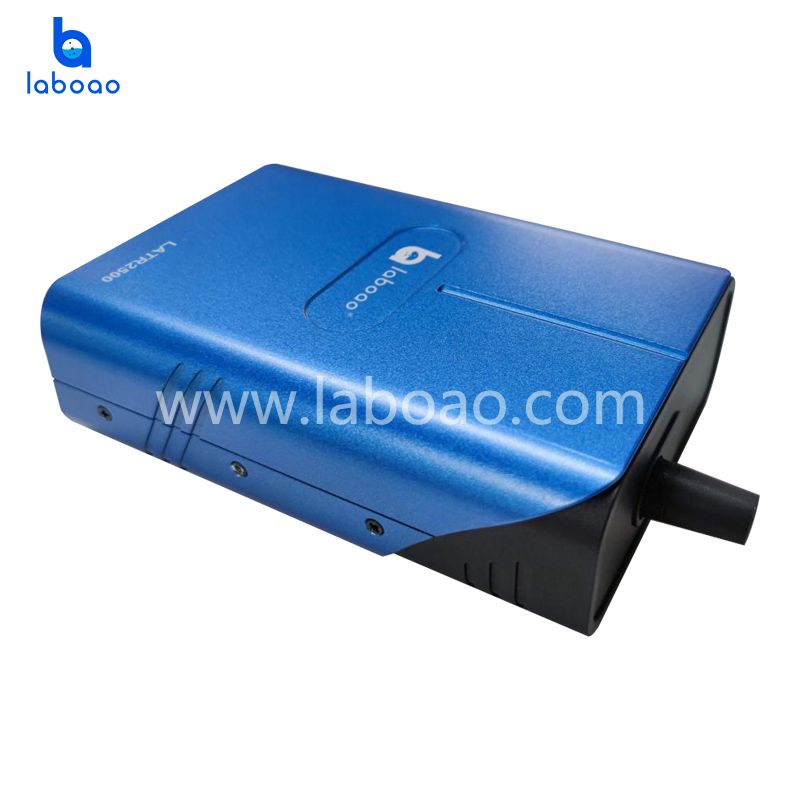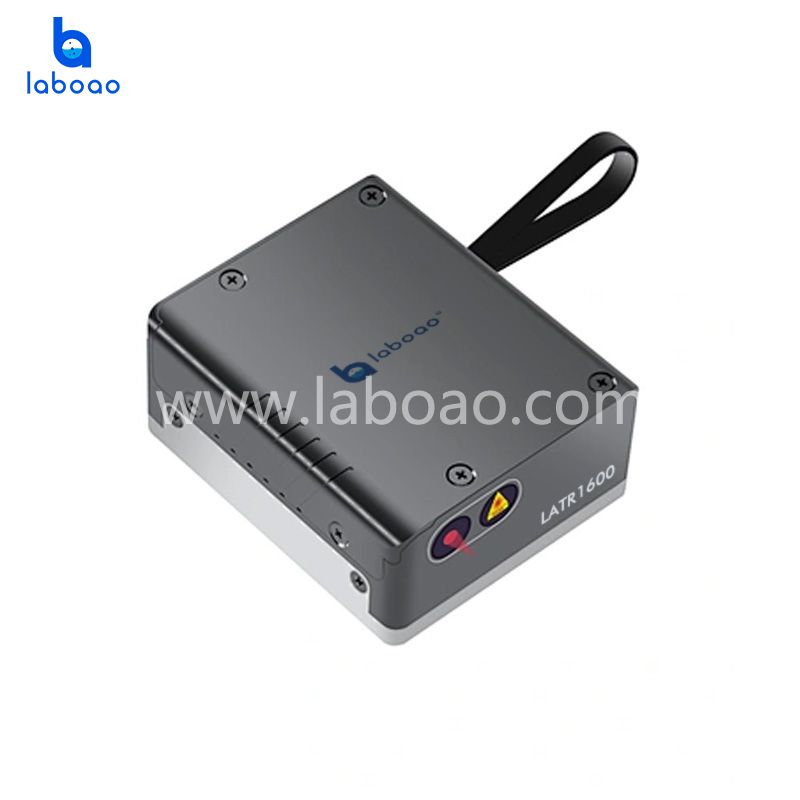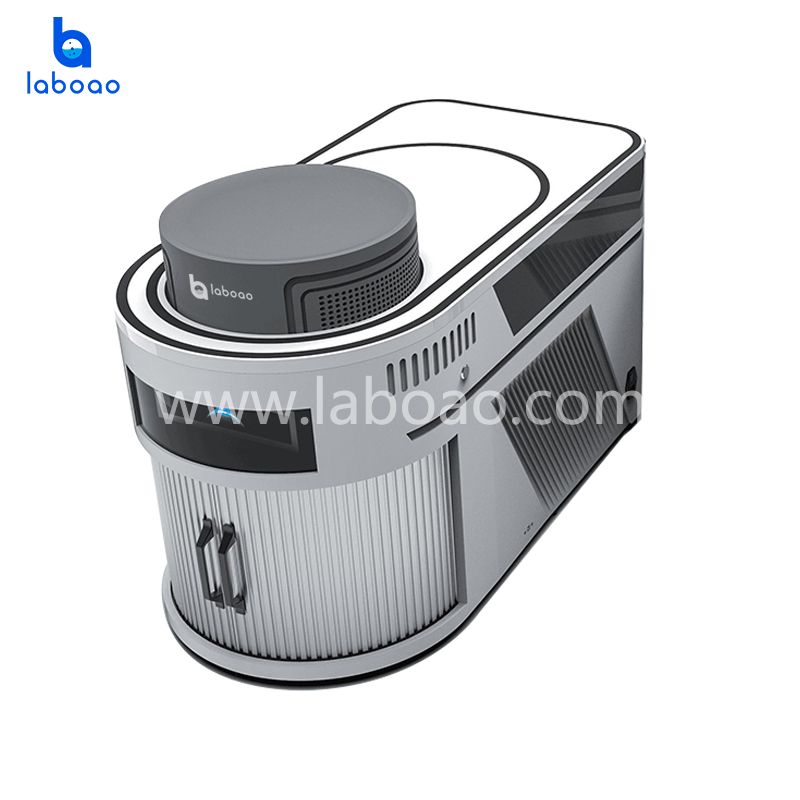DESCRIPTION
Because it can remove all kinds of interferences such as fluorescence, LATR3020 portable Raman spectrometer can not only ensure the accuracy, but also reduce the requirement of light source power, improve the reliability of the whole instrument and the ability of spectrum fault tolerance and error correction. Combined with SERS technology, ppb level detection capability can be achieved, which is suitable for field operation. LATR3020 also has significant reliability, which makes the test results accurate and reliable.
The excellent low stray light condition makes the spectrometer widely used, especially in biochemical analyzer, food safety, pharmaceutical engineering and so on. The multifunctional software promotes the spectral analysis process in application. The remote experiment through Internet access makes the test project easier.
Model | Wavelength Range(cm-1) | Resolution(cm-1) |
LATR3020-27 | 250-2700 | 6 |
LATR3020-35 | 200-3500 | 8 |
LATR3020-43 | 200-4300 | 10 |
Test according to ASTM e2529-06;
If customized, the resolution performance can be improved.
Application:
Bioscience;
Pharmaceutical Engineering;
Forensic analysis;
Agriculture and food safety;
Gem identification.
Environmental Science
FEATURES
1. Differential Raman spectroscopy technology, effectively suppress fluorescence;
2. Dual-band Laser coupling technology;
3. High sensitivity and TE-Cooled CCD.
4. Ultra low noise circuit;
5. Powerful embedded software.
6. Can eliminate fluorescent background;
7. Search and display peak easy;
8. Android operating system;
9. The 11.6-inch capacitive touch screen supports multi-touch control;
10. USB 2.0;
11. User-Friendly Interface;
12. Battery > 4h;
13. Support LAN remote control;
14. IP67 dustproof and waterproof industry protection.
Differential Raman spectroscopy, also called frequency shift excitation, uses two lasers with slightly different wavelengths to irradiate the sample to obtain two original Raman spectra. The fluorescence background does not move with the slight change of the laser wavelength, but However, the position of the Raman peak will change significantly. The two spectra are subtracted to obtain a differential spectrum. In the differential spectrum, the fluorescence background cancels each other out, and there is no fluorescence interference.

Fig. 1 (a) the original Raman spectra (the realized and dotted lines represent the Raman spectra excited by 784.5nm and 785.5nm laser respectively); (b) the differential spectra
Under ideal circumstances, it is easier to recover the normal Raman spectrum from the difference spectrum by using the accumulation method and the convolution method. However, the actual measured spectrum signal has more or less noise, such as the dark current noise of the photodetector, the thermal noise of the circuit, the ambient background light noise, the stray light inside the spectrometer, and so on. The presence of noise not only affects the signal-to-noise ratio of the measurement, but also reduces the performance of the restoration algorithm. Compared with the laboratory Raman system, the portable Raman spectrometer has worse signal-to-noise ratio and more serious noise interference. In addition to noise interference, in the actual differential spectrum, there may be inconsistencies and asymmetry in the intensities of the positive and negative peaks, which will also reduce the performance of the differential spectrum restoration algorithm. The intensity of the Raman signal is inversely proportional to the fourth power of the wavelength. Although the two excitation wavelengths of the SERDS system are only slightly different, this small difference will still cause the Raman peak asymmetry. The superimposition of noise interference on the spectrum peak can also cause the spectrum peak to be asymmetry. In addition, during the two measurements, the temperature difference after the sample is irradiated and the slight change in the fluorescence characteristics (photobleaching effect) will also cause the spectral peaks to be asymmetry.
OUR FACTORY
We have a standard production workshop and a complete production team. They always produce a serious and responsible attitude to produce each product. Our R&D team is made up of multi-aspects professional engineers such as design engineer,technology specialist ,qualified specialist and process control manager, etc. Our qualified specialists strictly realize the process comprehensive supervision based on our quality process control system, which contains products design, research and development, test, production, quality inspection and packaging.
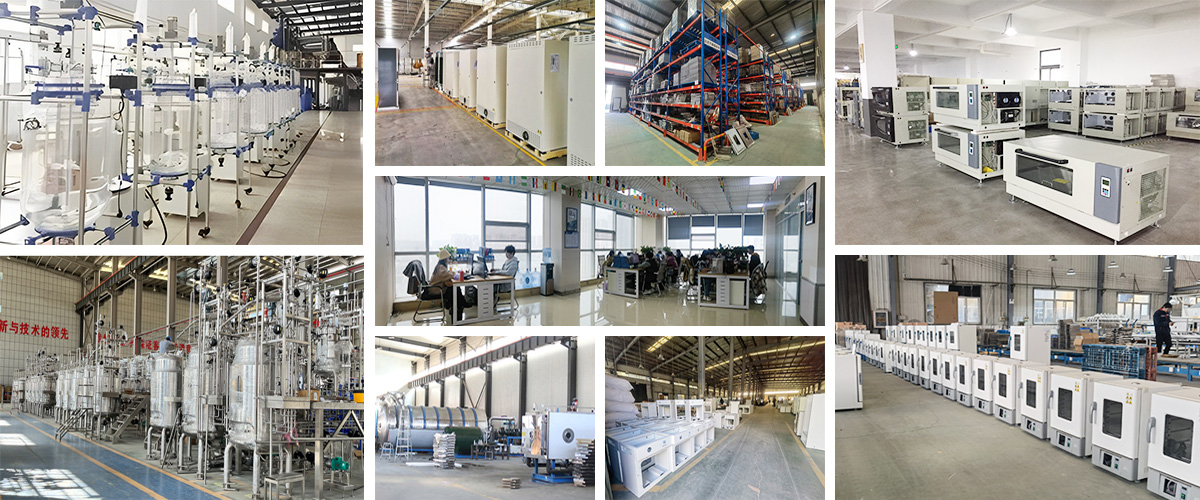
CUSTOMER CASES
Our laboratory instruments and equipment are used in many scientific laboratories, scientific research institutions, universities, hospitals, centers for disease control and other institutions, and are combined with many well-known biopharmaceuticals, new energy, electronics companies, food processing, environmental protection, etc. Enterprise cooperation, our stable and reliable products are exported to more than 120 countries around the world, and have been highly recognized by them, believe LABOAO, we grow together!

